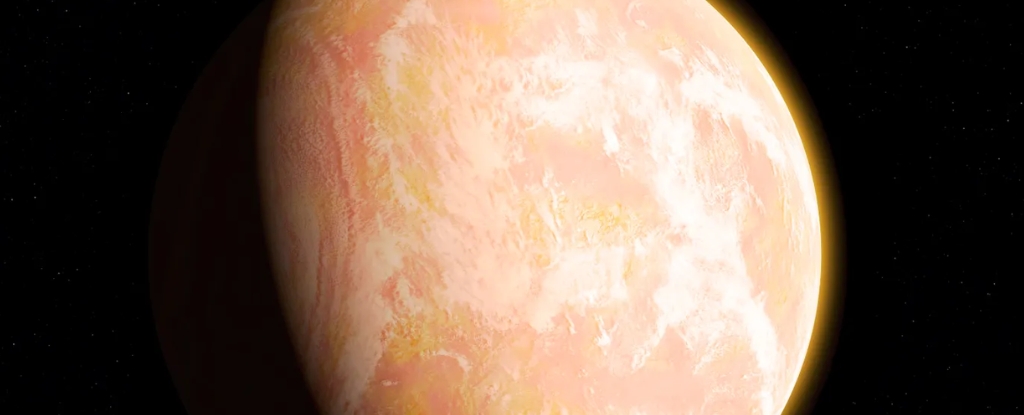
Astrobiologists have long grappled with understanding the origins of life on Earth, the only planet confirmed to support life in our Solar System. A recent study from the University of Bern reveals that the primordial Earth was initially missing critical materials needed for life, suggesting that essential components such as water and organic compounds were introduced later through cosmic events.
The research, led by Pascal Maurice Kruttasch and Klaus Mesger, a postdoctoral researcher and Professor Emeritus of Geochemistry, respectively, was published on August 1, 2023, in the journal Science Advances. The findings indicate that it took approximately three million years after the formation of the Solar System, around 4.5 billion years ago, for the chemical composition of Earth to reach a state that could support life.
The study examined two isotopes, Manganese 53 (53Mn) and Chromium 53 (53Cr), found in meteorites and terrestrial rock samples. By employing model calculations, the researchers established the timeline for Earth’s chemical development. This analysis confirmed that Earth’s original composition was completed faster than previously thought, raising intriguing questions about the mechanisms that facilitated the emergence of life.
Kruttasch explained, “A high-precision time measurement system based on the radioactive decay of manganese-53 was used to determine the precise age. This isotope, which decays into chromium-53, had a half-life of around 3.8 million years. Our Solar System formed about 4,568 million years ago, so the rapid establishment of Earth’s chemical properties is quite surprising.”
The results bolster the Giant Impact Hypothesis, which posits that the Earth-Moon system was formed as a result of a massive impact approximately 4.5 billion years ago between primordial Earth and a Mars-sized object known as Theia. This theory suggests that Theia, forming further from the Sun, contained more volatile elements, including water, which were crucial for life.
Kruttasch and Mesger’s findings indicate that primordial Earth was a dry, rocky planet. The collision with Theia introduced the essential elements that would eventually lead to the development of life. This research not only enhances our understanding of the early Solar System but also has implications for the search for extraterrestrial life. It suggests that rocky planets closer to their stars might still possess the necessary ingredients for life, despite their extreme environments.
Looking ahead, Kruttasch emphasized the importance of further investigating the collision event. He stated, “The Earth does not owe its current life-friendliness to a continuous development, but probably to a chance event—the late impact of a foreign, water-rich body. This makes it clear that life-friendliness in the universe is anything but a matter of course.”
The next phase of their research will likely involve advanced computer modeling and simulations aimed at fully understanding the physical and chemical properties of the Earth and Moon, as well as their unique isotope signatures.
As scientists continue to unravel the complexities of our planet’s origins, this study provides a significant leap forward in understanding how life may arise in other parts of the universe. The quest to comprehend the conditions that foster life remains a pivotal focus for researchers in astrobiology, shaping our perspective on the cosmos and our place within it.





